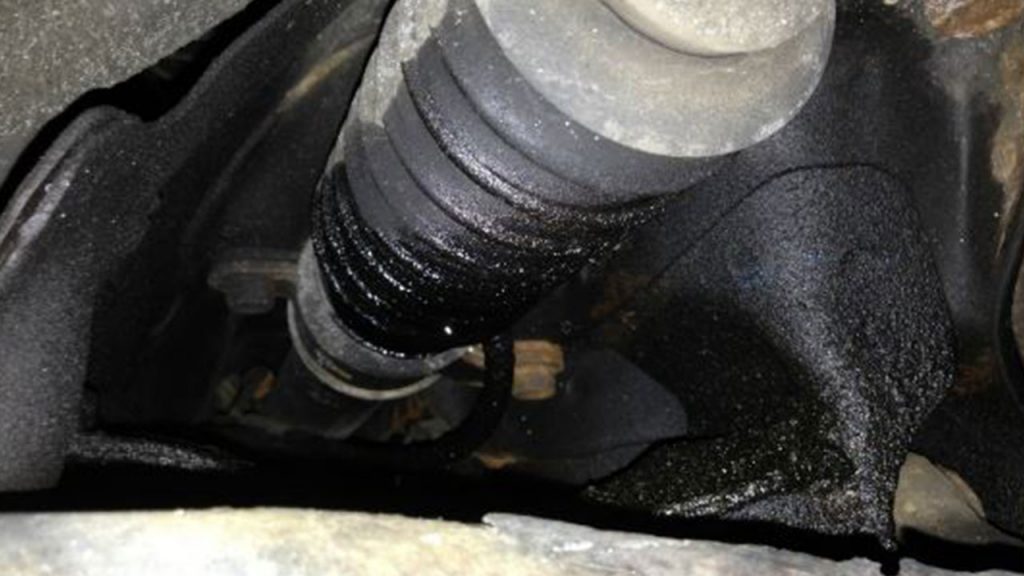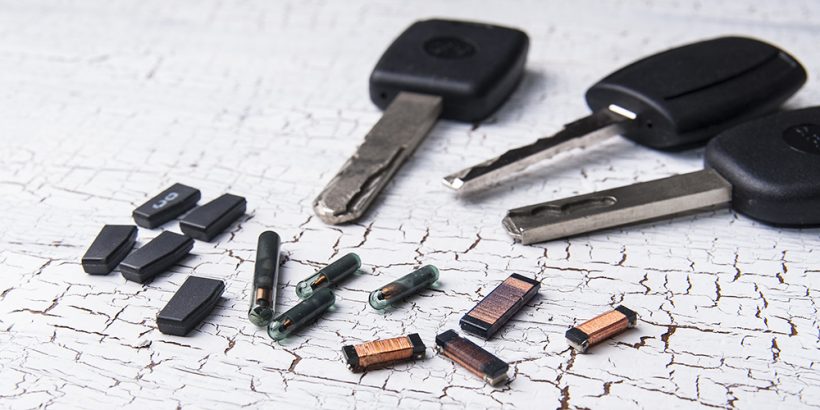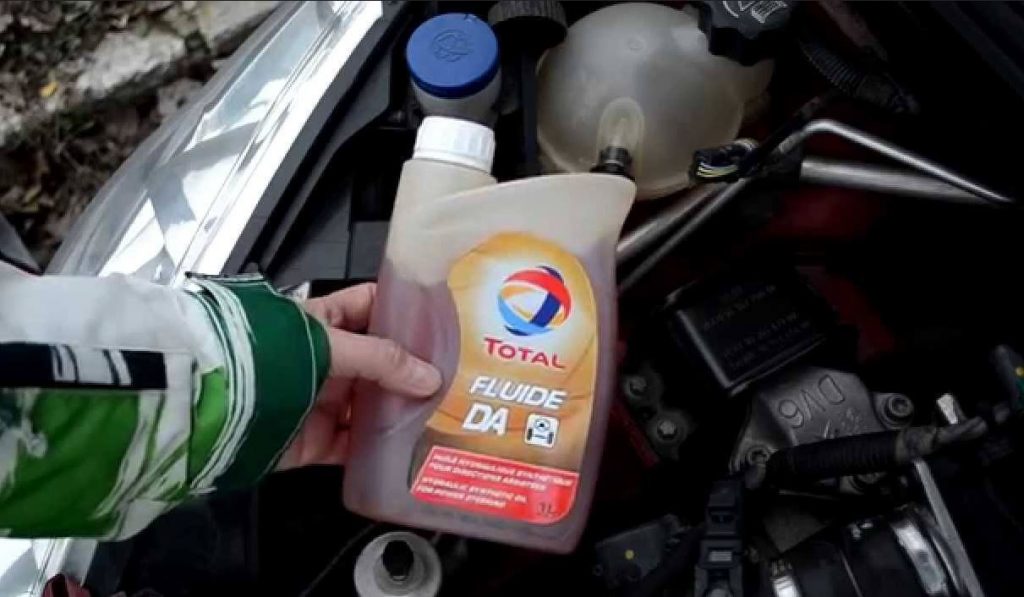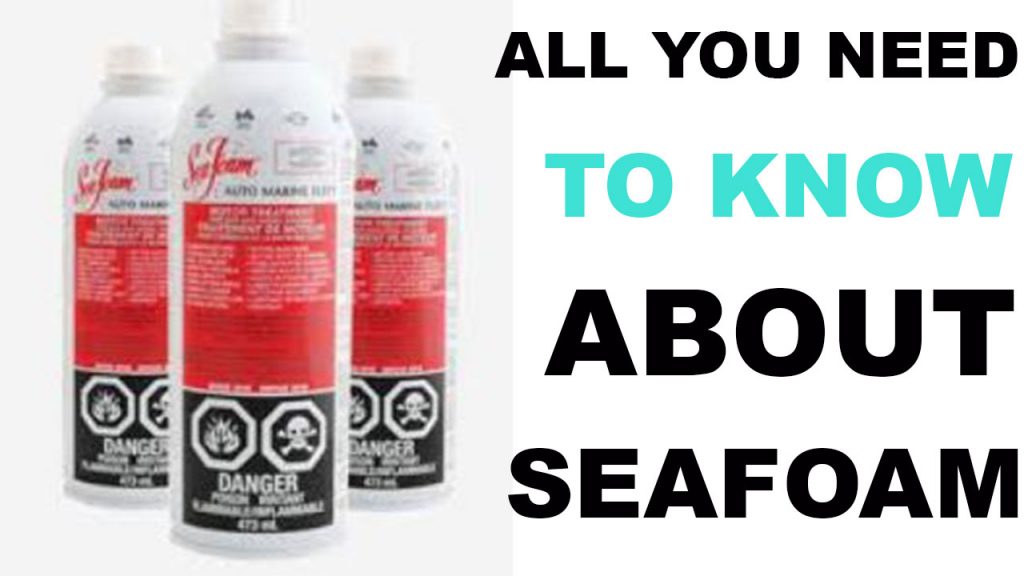p0420 code causes and solutions: So you scanned your car, and you saw this dreaded code P0420, meaning, Catalyst System Efficiency Below Threshold (Bank 1).
Then you clear it… But it comes back. You replace parts… it comes back again. And if you take it to a mechanic without knowing what’s really going on, you might walk out one thousand dollars lighter, and still have the same problem.
But here’s the truth:
Fixing a P0420 code doesn’t have to be expensive, and it doesn’t always mean replacing your catalytic converter. You just need to know what’s actually causing the code, and that’s what I’m breaking down in this post.
We’ll walk through what it means, how to diagnose it properly, how to fix it permanently and cheaply, and specific tips for Toyota, Honda, Chevy, Nissan, Ford, Hyundai, and more.
What does the P0420 Code Actually mean?
P 0 420 means your car’s computer is detecting low efficiency in the catalytic converter, specifically on Bank 1, which is the side of the engine with cylinder one.
The catalytic converter’s job is to clean up harmful exhaust gases before they leave your tailpipe. It uses heat and precious metals like platinum to convert carbon monoxide and hydrocarbons into water and carbon dioxide.
When this system underperforms, the ECU flags a P 0 420.
But here’s where people mess things up. The fact is, the converter itself is not always the problem.
p0420 code fix: p0420 code causes and solutions
What Really Causes the P 0 420 Code to come on and keep coming back on?
Well, these are the most common reasons and causes of a P0420 code:
A failing catalytic converter, especially if your car burns oil or runs rich.
A lazy downstream oxygen sensor.
A faulty upstream oxygen sensor is sending the wrong data.
An exhaust leak before the converter, which throws off the sensor readings.
Contamination from oil or coolant entering the exhaust system.
Or even a history of engine misfires, which burn out the catalytic converter over time.
And no, you can’t just clear the code and hope it goes away. You have to get to the root cause.
How to Diagnose P 0 420 (Step-by-Step)
Start by scanning the system using an OBD2 scanner.
If you see other codes, like misfire or fuel trim issues, fix those first. Misfires are catalytic converter killers.
Next, check the live data from your O2 sensors.
The upstream sensor should fluctuate.
The downstream sensor should stay relatively flat.
If both sensors are mimicking each other, that’s a problem. Either your catalytic converter isn’t working, or your downstream sensor is faulty.
Then, visually inspect your exhaust system.
Check for leaks from the manifold to the converter. Even a tiny hole can throw off your readings.
Look for oil or coolant residue in the exhaust as well.
And don’t forget to check your fuel trims.
High long-term fuel trims could mean your engine is running lean or rich, and that’s a huge red flag for future converter damage.
How to Fix the P 0 420 Code Permanently
Let’s go through real, permanent fixes, starting with the simplest and cheapest.
First, replace the downstream oxygen sensor. If it’s giving slow or stuck readings, it can easily trigger a false P0420 code. This alone often solves the issue.
Second, check for and repair any exhaust leaks before the converter.
Weld or seal up any cracks or loose joints. Even a small leak can introduce oxygen and confuse the sensor.
Third, if your cat is just mildly clogged but still salvageable, try a catalytic converter cleaner. Add it to your fuel tank and run the car through a full cycle. It’s not magic, but it can help reduce buildup and improve efficiency.
Fourth, you can install a spark plug anti-fouler or a dedicated O2 sensor spacer on the downstream sensor.
This pulls the sensor back a bit from the exhaust flow and makes the ECU less sensitive to marginal converter performance. It’s not a proper repair, but it’s a useful trick for specific situations.
And finally, if the catalytic converter itself is dead, meaning it’s melted, clogged, or cracked, then replacement is the only option.
Always use a high-quality converter. Cheap ones often won’t last or meet the ECU’s requirements, and the code will just come back.
Brand-Specific Tips and Weak Points
Let’s break this down by vehicle brand, because P 0 420 doesn’t behave the same in every car.
Toyota Vehicles: p0420 code Toyota Corolla
In Toyotas, the downstream oxygen sensor is often the first thing to fail.
This is especially true on models like the Corolla or Camry once they pass 100,000 miles.
Sometimes, a simple sensor replacement is all it takes.
If you’re lucky, even a bottle of catalytic converter cleaner can work.
Toyota’s O2 sensor locations are usually easy to access, especially on 4-cylinder engines.
Honda Vehicles
On Hondas, you’ll often find exhaust leaks near the flex pipe or header.
Also, check oil levels and for any burning oil, which contaminates the cat.
Some Accords and Pilots are known for slow downstream sensors that trigger false P0420 codes.
Don’t just swap the cat without checking the health of the engine itself. On a Honda, the root cause is often upstream.
Chevy Vehicles
Chevy models like the Malibu, Cruze, Equinox, and Silverado are notorious for triggering this code when aftermarket converters are installed.
Silverado trucks with higher mileage usually need full cat replacement, it’s just a wear item at that point.
Cruze and Malibu owners should inspect valve cover gaskets. If they leak, oil can enter the exhaust and wreck the converter.
Always go OEM if possible. GM vehicles can be picky about sensor voltage ranges.
Nissan Vehicles
With Nissans, small exhaust leaks or weak O2 sensor wiring are common problems.
Altimas, especially, are known to burn oil, and that fouls up the catalytic converter over time.
If you replace the cat but don’t fix the oil burning, the new converter will fail again, sometimes in under six months.
So you need to go deeper into the engine’s health when diagnosing P0420 on a Nissan.
Ford Vehicles: p0420 code fix permanent, easy cheap p0420 code ford
Ford ECUs are very sensitive when it comes to catalytic performance.
Even a slightly degraded converter can set off a code.
A common mistake is replacing the cat without checking fuel trims or sensor behavior first.
Also, after sensor or cat replacement, you often need to reset the ECU’s learned parameters, otherwise, the light might stay on.
Hyundai Vehicles
In Hyundai vehicles, the downstream oxygen sensor fails more often than the converter itself.
Especially in models like the Elantra or Sonata, the sensors tend to get sluggish.
Try replacing the sensor first. If the code comes back, use a cleaner. Full cat replacement is rare unless the engine has other underlying issues like oil blow-by.
Here’s what not to do:
Don’t replace the catalytic converter without diagnosing the sensors and the rest of the system first.
Don’t drive around with the code active; you’re gambling with your engine’s long-term health.
And don’t assume the fix is the same for every vehicle.
The framework is the same, but the weak points vary from brand to brand.
That’s where people waste money or get stuck in a loop of guesswork and parts swapping.
Take your time, run the diagnostics properly, and you’ll get rid of that P0420 without draining your wallet.
Let me know in the comments what car you’re working on and what symptoms you’re seeing, I’ll do my best to help you troubleshoot it.













